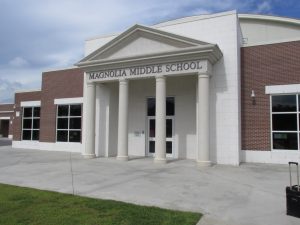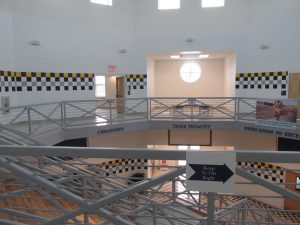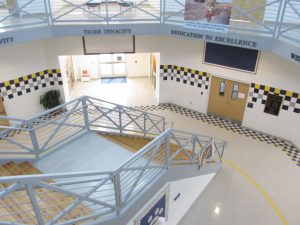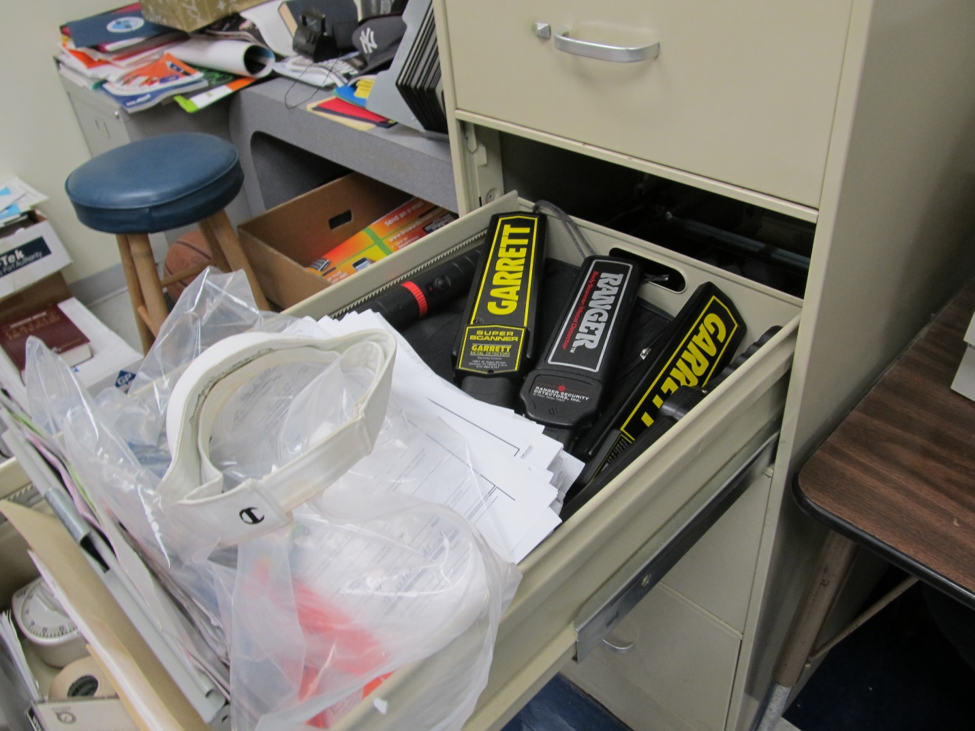Willard City Schools in Ohio gets an A+ for the use of murals and artwork to enhance school climate, culture, and safety. The district’s superintendent was able to raise more than $300,000 from area businesses to hire a muralist who works with K12 schools across the nation. Each major donor-funded $25,000 for murals in a hallway or other area of a school and the muralist, teachers, and students designed the murals for their area. Actual students are depicted in the murals creating an even closer sense of connection to the school. We would recommend that any school official, architect, or law enforcement officer who wants to see excellent application of the use of murals and artwork to create safer and more effective schools arrange a visit to Willard City Schools.

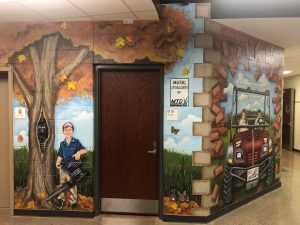



Making Schools Safer Through the Use of Murals and Artwork
One of the powerful components of Crime Prevention Through Environmental Design involves the creation of what is known as positive territoriality. Positive territoriality is designed to create a greater sense of ownership and connectivity between legitimate users of a place and the physical place. Murals and artwork are two of the more common ways schools can improve positive territoriality to improve school climate and culture. Murals, student artwork and other approaches designed to create positive territoriality also can help to tone down the use of physical security measures such as access control, visitor screening processes, security cameras as well as the assignment of security and police officers to schools.
While CPTED does not replace physical security measures, it augments and supports them. Because of the extensive research on CPTED, its principals have been accepted as evidence in courts in all 50 states making it a good standard of care approach to help mitigate civil liability exposure while more importantly making schools more pleasant, effective, and safer learning environments.
